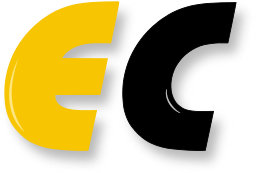 | EasyChair Smart Slide | User Guide/Log in |
| Home |

Working in the field of threshold concepts we sometimes were confronted with questions as:
- Who do decide if a concept is a threshold?
- How does someone establish if a concept is a threshold to students?
We addressed these questions in our research with Bachelor students in Computer Science, in mathematics, and recently with Bachelor students in Environmental Sciences of the supporting course Physics..
We shall present during TCC2023 our comments, reflections, and ideas about these questions.
The most common answer to question 1 is that the (re-)designers of the curriculum establish which concepts are TCs. This is done prior to the teaching conform the curriculum. In this process existing teaching knowledge and experience is used, but the role of the students and their learning process is restricted. The afterwards method is to ask students of an already existing course, designed without input from the TC framework (Mayer & Land, 2003, 2005, 2006), which concepts they identify as TCs. This type of study we performed in the mentioned investigations. Ferreira et al. (2017) used a similar approach, when they took troublesome conceptions of acceleration as a starting point for the design of a course of Newton’s laws. Serbanescu (2017) remarks that in TC research it is common practice that teachers provide suggestions for TCs, based on students’ experience with troublesome concepts, which are tested by the researcher via (semi-)structured interviews with students. See also Webb & Terney (2020) who pointed out to the importance of the interplay of curriculum designers and students experiences.
















